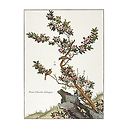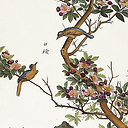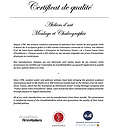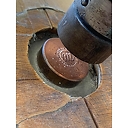In 1667, the newly-formed Académie Royale des Sciences undertook, on the King's orders, the production of a scholarly work: the Histoire des plantes, including a collection of engraved botanical species. The 319 engravings were produced by Nicolas Robert, Abraham Bosse and Louis de Chastillon, before...
In 1667, the newly-formed Académie Royale des Sciences undertook, on the King's orders, the production of a scholarly work: the Histoire des plantes, including a collection of engraved botanical species. The 319 engravings were produced by Nicolas Robert, Abraham Bosse and Louis de Chastillon, before being published by Denis Dodart, the king's botanist and physician. According to a standardized model, each plate includes a 1:1 illustration, a detailed description, a statement of its various properties, particularly medicinal, and the results of chemical and physiological studies.
Nicolas Marchant, "concierge and director of plant cultivation in the royal garden", brought in seeds from foreign countries to provide living models for academics, designers and engravers. This ambitious project by the Académie des Sciences, begun in the late 17th century, was never fully completed, and no complete edition was ever published. Today, these 319 copperplates are preserved by the Chalcographie du Louvre.






